The Toucan is a group of relatively small birds with exceptionally large beaks. Their long beaks are usually brightly colored, and much longer and thicker than their actual heads.
There are many different species of Toucans, scientists estimate there are around 40, and there are several different taxonomic genuses. In addition to your typical Toucans, the group also has many different species of Aracaris and Toucanets. Read on to learn about the Toucan.
Description of the Toucan
All Toucans have large beaks, and most are ridiculously lengthy and colorful! The beaks, or bills, of some of these birds are as long as their entire bodies! The paint job on their bills is like a colorful Picasso painting. Their bills are red, green, orange, blue, yellow, black, and more.
Each individual Toucan varies in color. Some are mostly black, while others have blotches yellow, orange, green, red, and more. They vary in size, and the largest species, the Toco Toucan, grows up to two feet long.
Interesting Facts About the Toucan
There are so many different and beautiful species of Toucans, Toucanets, and Aracaris. Each one is unique and interesting, so we will highlight some of the most interesting facts about several species below.
- Toco Toucan – As we mentioned above, the Toco is the largest species of Toucan in the world. They are also the most well-known of this species of bird. When you picture a Toucan in your head, you probably picture the Toco! It has the largest bill (but not the longest) of all birds, in relation to its body size.
- Choco Toucan – No, this species isn’t the chocolate version of the Toco. The Choco is similar, but less colorful, than its Toco cousin. The name “Choco” is in reference to the forests that these birds inhabit. Choco Toucans live in the Choco rainforests.
- Black-Necked Aracari – This species has black feathers and a bright yellow underbelly. As its name suggests, its throat is black. Midway down its yellow belly, it have a thick stripe of bright red feathers. These starkly contrasting colors are probably where this bird got its nickname, the beautiful Aracari.
- Yellow-Browed Toucanet – This little bird has green feathers and bright yellow “eyebrows” over its eyes. They live only in a tiny patch of rainforest in Peru. Sadly, farmers use this area to grow coca plants, and this habitat destruction is driving the birds to extinction. The IUCN lists this species as Endangered.
Habitat of the Toucan
Even though there are many different species of Toucans, they all live in similar types of habitat. Toucans love rainforest, particularly tropical rainforest in warm regions with lots of rainfall.
Some species of these birds live only in mountainous regions. Within the rainforest, these birds inhabit the canopy, or the top layer of the tallest trees. They spend most of their lives in the canopy, as they can find all the food they need in the treetops.
Distribution of the Toucan
All of the various species of Toucans live in Central and South America. They inhabit virtually any area in Central or South America with rainforest. Different species live in different regions, though some species have overlapping ranges.
Many species have relatively large distributions, and live throughout several countries. Others only live in a small isolated region, and these species are usually the ones that human activity threatens the most.
Diet of the Toucan
While each species is different, most Toucans primarily eat fruit, which makes them frugivores. However, when the opportunity arises, they sometimes prey on small animals or eggs.
They eat everything from frogs and insects to lizards and small birds. However, the vast majority of their diet consists of fruit. In fact, there are some species of plants that rely on Toucans to spread their seeds by eating their fruit!
Toucans and Their Cousins
Toucans are truly one of a kind, and don’t look like any other group of birds. However, that doesn’t mean that they aren’t closely related to any other species! The closest relatives of these birds are, surprisingly, the woodpeckers.
Woodpeckers and Toucans share several characteristics. They both have long feathery tongues, nest in tree cavities, and have zygodactyl feet with two toes pointing forward and two toes pointing backward.
Toucan and Human Interaction
Most species of Toucans have healthy populations, but that does not mean we don’t put them in danger. Particularly in certain regions, humans are destroying rainforest at an alarming rate. Without their rainforest habitat, populations of these special birds decline.
Humans also capture many different Toucan species for the exotic pet trade. Some species are more common, and thus less impacted, but for others human activity is more detrimental.
Domestication
Humans have not domesticated Toucans in any way.
Does the Toucan Make a Good Pet
For the most part, Toucans do not make good pets. They are relatively intelligent birds, and when they are kept in zoos they need plenty of different toys and foraging opportunities. It is also illegal to own them in most places.
Toucan Care
In zoos, Toucans need a variety of perches and plenty of flying space. In the wild, they live in regions with high humidity and lot of vegetation, so their enclosures should replicate this habitat.
These are intelligent birds that thrive when they have a variety of toys, puzzle feeders, and a positive reinforcement training program. Zookeepers feed them a variety of fruit, insects, and the occasional small mammal or egg.
Behavior of the Toucan
Each Toucan species is different, but the vast majority of Toucans are social. They live in groups, known as flocks. Flocks of Toucans spend their days roaming through the treetops in search of food, and calling noisily to one another.
Scientists think these birds are monogamous, and continue to breed with the same mate year after year. More eyes are also more effective at spotting potential predators.
Reproduction of the Toucan
Different species of these birds have different reproductive strategies, but they are quite similar in their behavior and development rate. All species nest within cavities in the trunks of trees.
Depending on the species, some lay a single egg, while others lay up to five eggs. The eggs hatch in about two or two and a half weeks. The newly hatched chicks begin flying when they are anywhere from six to eight weeks old.

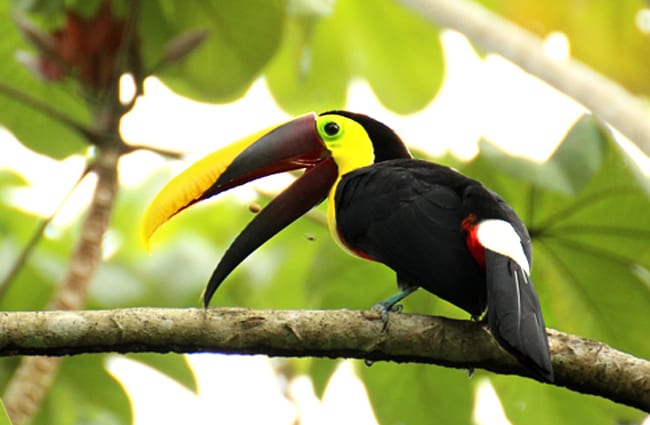
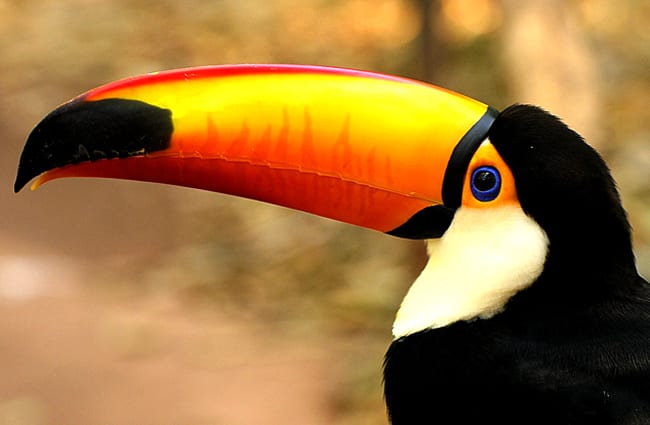

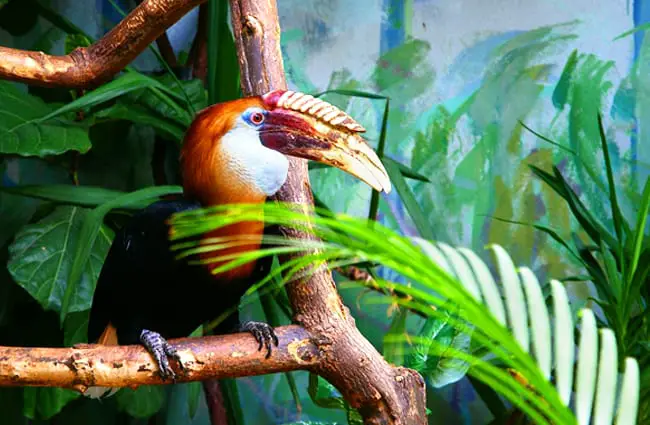

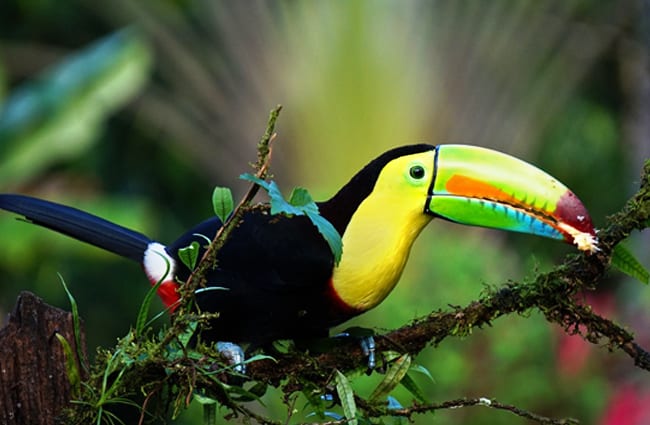

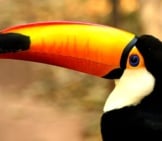
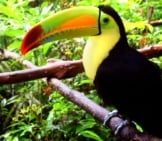

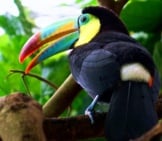

![Red Angus Closeup of a beautiful Red Angus cowPhoto by: U.S. Department of Agriculture [pubic domain]https://creativecommons.org/licenses/by/2.0/](https://animals.net/wp-content/uploads/2020/03/Red-Angus-4-238x178.jpg)












![Red Angus Closeup of a beautiful Red Angus cowPhoto by: U.S. Department of Agriculture [pubic domain]https://creativecommons.org/licenses/by/2.0/](https://animals.net/wp-content/uploads/2020/03/Red-Angus-4-100x75.jpg)

